Symptoms Of Kyphoscoliosis
Kyphoscoliosis is an irregular spinal curve on two different planes simultaneously. The abnormality is on the side to side plane or the coronal plane, and on the back to the front plane or the sagittal plane. The term is created from a combination of two irregular spine conditions called scoliosis and kyphosis. In scoliosis, the spine twists sideways abnormally, and in kyphosis, the spine twists forward or backward abnormally. This condition can happen at any stage of life and can be present at birth as well. There is no known cause of kyphoscoliosis in eighty percent of diagnosed cases. There are varying levels of severity to kyphoscoliosis, and some patients have adverse effects on the heart and lungs, while others have a barely noticeable back slouch or hunch.
Learn about the major symptoms of kyphoscoliosis now.
Persistent Back Pain
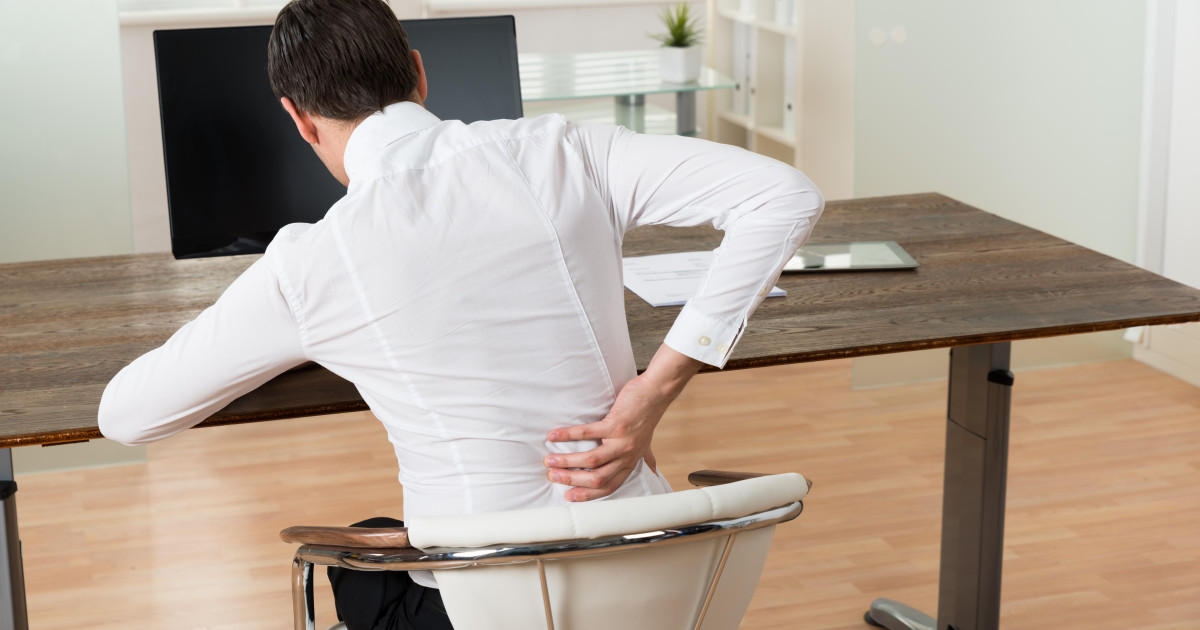
Persistent back pain can result from problems with the discs in the spine due to the abnormal placement of the vertebra. Spinal discs are joints made of cartilage that hold the spine's vertebrae together and act as shock absorbers between them. Kyphoscoliosis can cause these spinal discs to thin out, which results in continuous back pain. It can also cause degeneration of the discs, which also manifests as persistent spinal pain. Spinal disc herniation and spinal disc bulges can cause a debilitating backache or pain that is a result of the abnormal rubbing together of the vertebra. When an injury occurs in an individual with kyphoscoliosis, the spinal joints can become dislocated and may even fracture from the irregular position in relation to each other. Kyphoscoliosis can cause nerve pain in the back because the irregularly aligned and positioned vertebra may compress and or pinch the nerves that branch out from the spinal cord. Back pain caused by kyphoscoliosis can also just be from the spine and the surrounding musculoskeletal system having to compensate constantly for the irregular posture and the abnormal gait that results from an S- or C-shaped back.
Keep reading to reveal more symptoms of kyphoscoliosis now.
Hunched Back And Uneven Shoulders
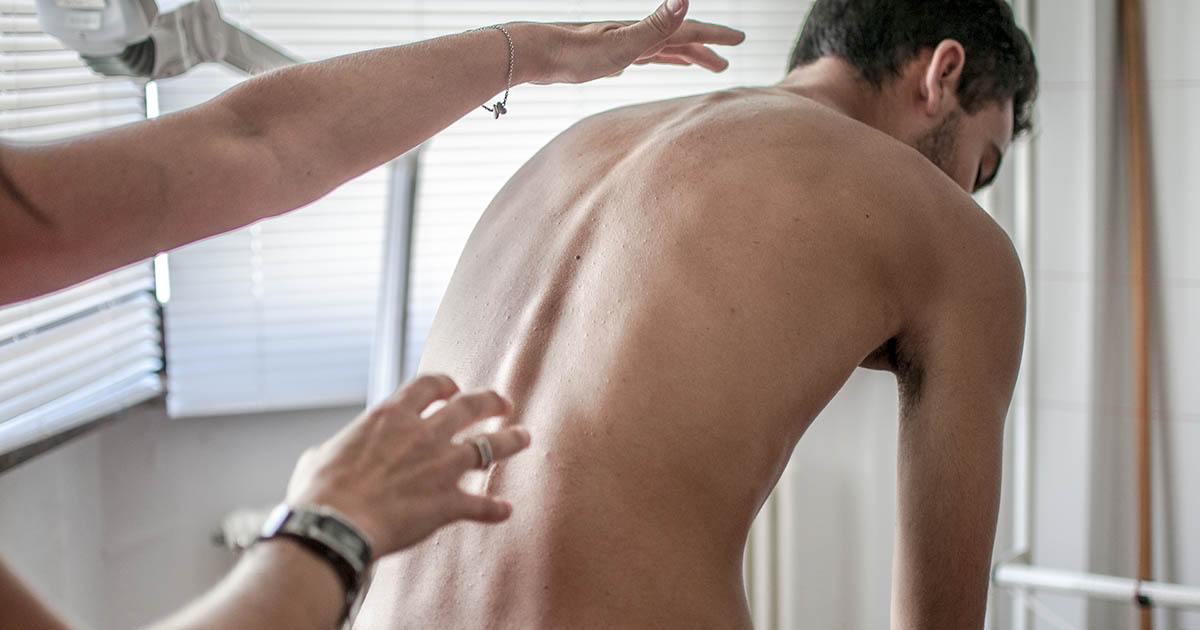
Because kyphoscoliosis is characterized by fifty degrees or more kyphosis combined with scoliosis, it usually causes deformity and misalignment of other parts of the musculoskeletal system such as a hunched back and uneven shoulders. When the spine develops along its path or curve and the curve is not normal, it can push the shoulders, hips, and waist, from their normal alignment position. Some cases show very subtle changes and the posture asymmetry is often the first visible sign to appear that indicates kyphoscoliosis. Often the head will not appear centered between the shoulders, one shoulder will sit higher than the other, and one shoulder blade will have a more prominent appearance. The human brain does not recognize the misalignment in the body's posture and does not signal to the muscles to correct it. The spine will continue to develop abnormally and push other body parts out of their alignments. An individual with kyphoscoliosis may also appear to have a hunchback or an excessive curve in the spine that results in a hump-like look in the upper back region. From the side, this will appear with the head in a more forward position in front of the shoulders instead of directly on top of the shoulders. The curve of the upper spine will jut backward, creating a hump.
Get details on more kyphoscoliosis symptoms now.
Reduced Appetite
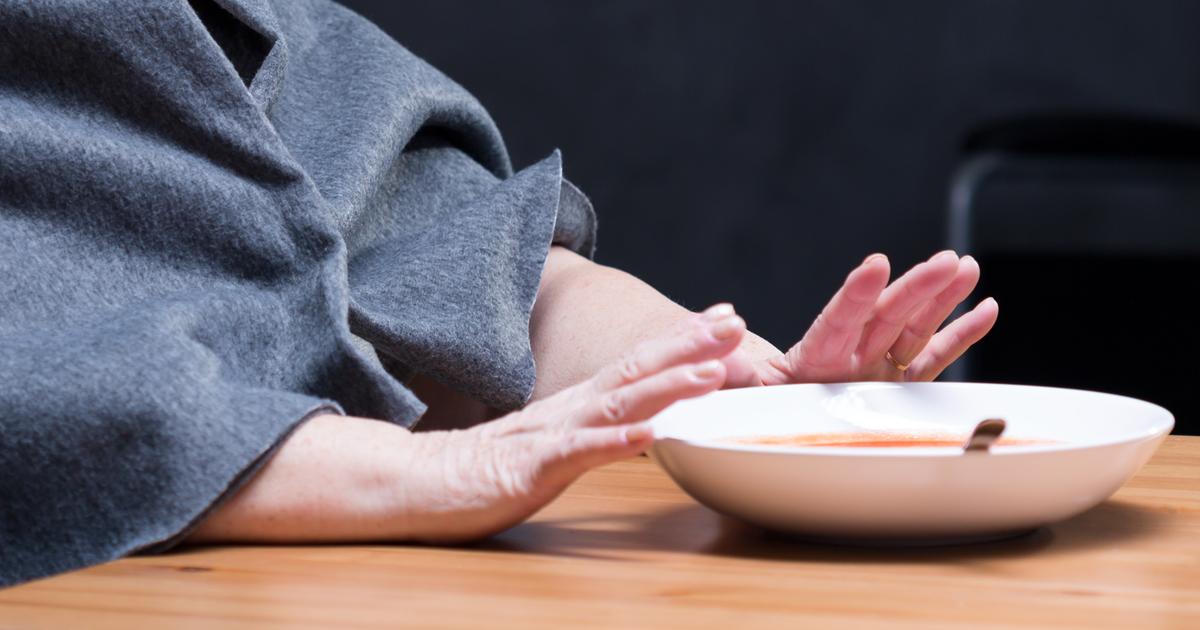
Kyphoscoliosis can cause an individual to have a reduced appetite, or not want to eat very much. The hunchback curvature of the spine naturally places pressure on the torso as a whole. The ribcage and lungs get compressed, along with the stomach, intestines, and other abdominal organs. The increased pressure on the stomach can make eating food feel very uncomfortable. Individuals with kyphoscoliosis tend to only want to eat small amounts of food at a time because they feel full almost immediately. Additionally, the functions of the lungs and heart become progressively compromised as the spine continues to curve forward more and more. This makes the individual feel weak and tired because of oxygen shortage to the body's tissues. When an individual feels malaise, they usually do not have a healthy appetite. In addition, the compression of the lower abdominal organs can result in constipation and even bowel obstruction, which also results in an individual with a decreased appetite to avoid the pain that results from constipation.
Read more about the various major symptoms of kyphoscoliosis now.
Breathing Troubles
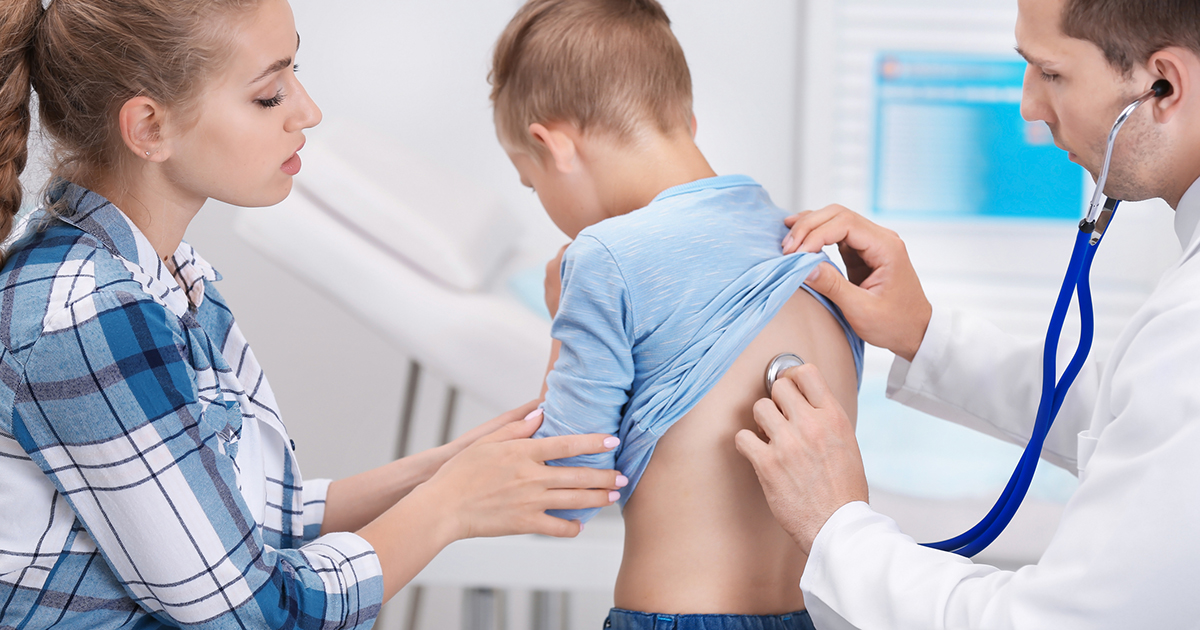
While the rib cage is meant to give the lungs a proper and stable structure to sit in, it does not always function to its full capacity. The ribcage is also supported by the spine itself and when the spine is out of alignment, the ribcage will be as well. Usually, the rib cage becomes compressed in individuals who have kyphoscoliosis, and that results in the lungs being unable to fill up fully with oxygenated air. Some of the small air sacs in the lungs, or the alveoli, can be compressed, and less oxygen is able to be absorbed into the tiny blood capillaries in the walls of those air sacs. Less oxygen supply means the tissues of the body cannot carry out their processes normally. This results in a weakening of the cardiovascular, muscular, digestive, and pulmonary systems. An individual with kyphoscoliosis will often feel short of breath and unable to breathe deeply because their spinal abnormality will not allow normal expansion of the lungs and rib cage for the normal amount of oxygenated air to enter. This may result in coughing, deep breathing, exhaustion, and other breathing troubles. The arteries that supply the lungs themselves can also get compressed because of the spine's curvature, and that as well can cause the weakened function of the lungs.
Continue reading for more information on the symptoms of kyphoscoliosis now.
Legs Or Arms Longer On One Side
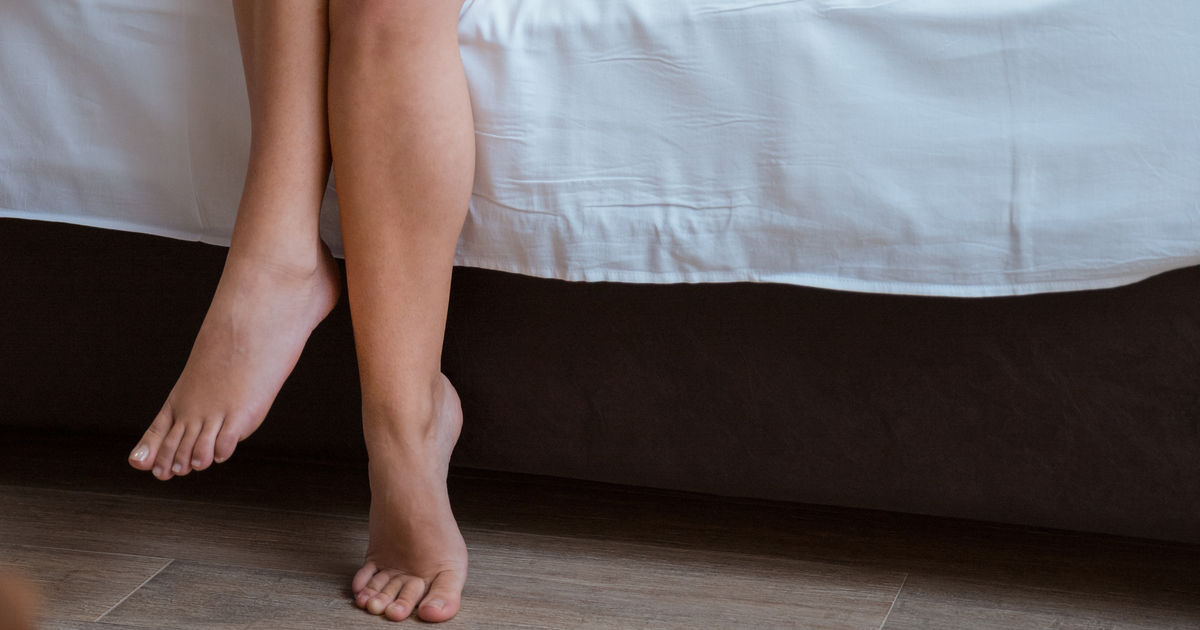
Some individuals with kyphoscoliosis may have legs or arms longer on one side of the body. This can happen for two reasons. First, the arms or legs on one side may just appear to be longer than the other because of the asymmetry of the spine, causing the limbs to sit asymmetrically with the torso. The second reason this can occur is if there actually is a size discrepancy between the length of the limbs, especially in the legs. If there is a true leg discrepancy, there is naturally going to be an irregular hip tilting. The hip tilting to one side causes the spinal curvature to compensate, and over a period of time, this makes changes to the curvature more permanent. The muscles get used to working with the abnormal curvature, and that becomes the new normal curvature for that individual. To put it all together, a true limb discrepancy can be a large contributing factor to causing kyphoscoliosis, and it typically will be noticed prior to the discovery of the abnormal spine curvature.